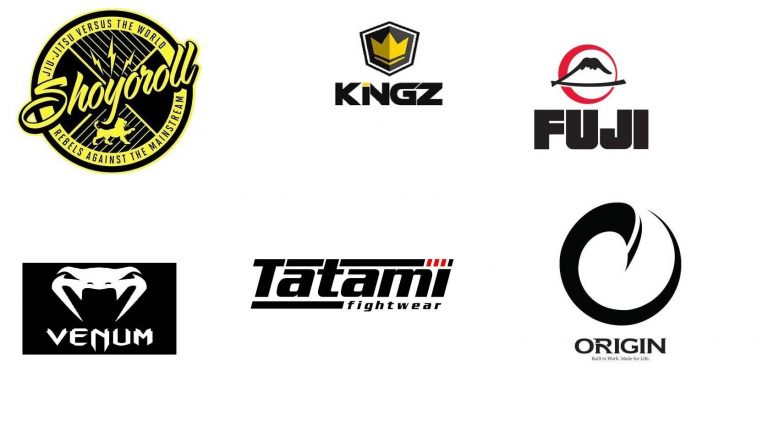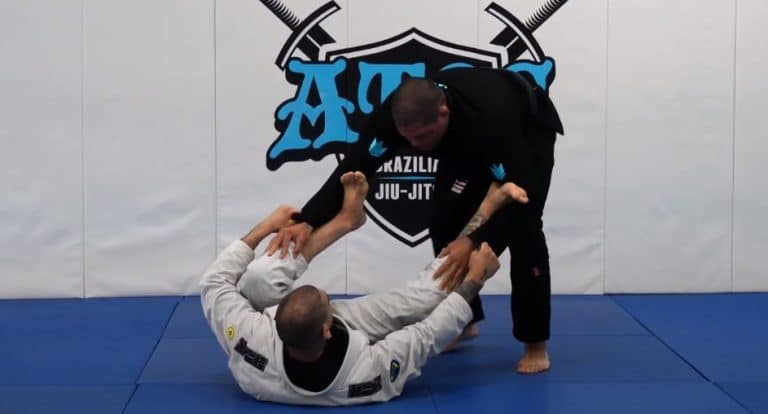Combat Jiu Jitsu: The Rules, Scoring, and More
Over the last several years, a new format of Jiu-Jitsu competition has quickly grown in popularity: Combat Jiu-Jitsu, or CJJ. Combat Jiu-Jitsu is a hybrid form of MMA and Jiu-Jitsu competition governed by rules. This new fighting style may be the next big thing in combat sports. People have heard about it, but few are familiar with it. So, I’m going to give you a quick overview of Combat Jiu-Jitsu so that you can figure out whether this type of event appeals to you. We’ll go through everything from the regulations to who created CJJ and major competitions and notable competitors.
What is Combat Jiu-Jitsu?
A hybrid style of Brazilian Jiu-Jitsu, also known as Combat Jiu-Jitsu (CJJ), was developed to make BJJ matches appear more like real MMA. CJJ incorporates Jiu-Jitsu moves with open palm strikes to make the fights appear much more realistic.
The objective of designing Combat Jiu-Jitsu was to make jiu-jitsu more realistic in real-world fights by allowing competitors to slap each other on the ground with open hands. Submission or knockout are the only ways to win a Combat Jiu-Jitsu bout.
Who invented Combat Jiu-Jitsu?
Combat Jiu-Jitsu was primarily developed by legendary 10th Planet founder, Eddie Bravo. He felt that rules-orientated competition Brazilian Jiu-jitsu had become overly saturated with stall tactics and unrealistic moves which deviated from being a true martial art for self-defense.
There are many techniques that work in Jiu Jitsu competitions, but would never work in a real fight. This is why Eddie came up with Combat Jiu Jitsu. He wanted to create a competition that is a hybrid between Jiu Jitsu and MMA, which would actually reflect the reasons why Jiu Jitsu was created in the first place (self defense).
Bravo wanted to create a format which would be more entertaining for viewers, as well as test the Jiu-Jitsu practitioners in a setting which was closer to an MMA fight. This would also give grapplers the opportunity to display their skills against opponents from other grappling styles such as Sambo and Wrestling.
How is Combat Jiu-Jitsu different from regular Brazilian Jiu-jitsu?
The biggest difference between CJJ and BJJ is that in CJJ, competitors are allowed to use open-hand strikes while standing. This opens up a whole new realm of possibilities and techniques that can be used during a match, as well as making it more similar to an MMA ruleset.
Combat Jiu Jitsu vs MMA
Combat Jiu Jitsu and MMA are similar in some ways, but they are different competitions with different rules. MMA is a competition that includes many different martial arts styles, some of which take place standing and some of which take place on the ground. Combat Jiu Jitsu is primarily a ground-based competition where the only strikes allowed are open-handed strikes.
The biggest difference between CJJ and MMA is the striking rules: in MMA, punches, kicks, elbows, and knees are all allowed from standing as well as on the ground, while in CJJ only open-handed strikes are allowed when on the ground.
What Are The Rules of Combat Jiu-jitsu?
The rules of Combat Jiu-jitsu are very similar to those of regular Brazilian Jiu-jitsu, with a few key differences. One of the biggest differences is that competitors are allowed to use open-hand strikes while standing. This encourages a much more fast-paced and aggressive style of fighting, as well as making it more exciting to watch.
Here is a complete list of the rules of Combat Jiu Jitsu:
- A CJJ even consists of a 10 minute with an EBI overtime if needed.
- Only open-handed strikes are allowed once the competitors hit the ground.
- You can open hand strike to the face and body of an opponent.
- A competitor is considered down either when they’re on their knees or butt.
- The “get down rule” takes place after a minute if there are no takedowns. The referee will stop the action and a coin toss will take place to decide ground positions. Whoever wins the coin toss will decide if they want to start with or in butterfly guard.
- Purgatory Position: This is when one person is standing and the other is on the ground. Competitors are allowed to sit in this position for 30 seconds. Any time spent in this position after 30 seconds will be added to the overtime round. This rule was implemented to prevent stalling and encourage action.
- Standing in someone’s guard is not considered purgatory position and strikes can be done from here.
- All submissions are legal.
- Matches are won either by submission, TKO, or EBI overtime rules.
Overall, CJJ uses an exciting ruleset that is meant to drive the action and discourage boring strategies (much like Eddie Bravo’s EBI format).
What is the scoring system in Combat Jiu-jitsu?
The scoring system in Combat Jiu Jitsu is very simple – submissions are the only way to win. There are no points or advantages given, so the match can be decided by a single submission. This makes for a very exciting and fast-paced competition, as there is no room for mistakes.
Can you punch in combat Jiu-Jitsu?
Yes, in Combat Jiu-Jitsu you are allowed to slap your opponent when standing.
Only open-handed strikes are allowed once the competitors hit the ground. You can open hand strike to the face and body of an opponent.
Where To Watch Combat Jiu-Jitsu?
If you’re interested in watching a CJJ event, you can see all of the past events on UFC Fight Pass.
How Many Combat Jiu-Jitsu Worlds Have There Been?
There have been a total of a total of 4 Combat Jiu-Jitsu World events. The last one was in 2022 where Ethan Crelinstein was crowned Combat Jiu Jitsu Worlds 2022 Lightweight Champion.
What Have We Learned From Combat Jiu-Jitsu?
- With the addition of striking, gravity plays even a bigger hand. The top guy, even in guard, has more options.
- Pulling guard when strikes are allowed comes at a hefty price.
- In one of these matches, the competitor who was on top managed to pass and catch the back of the bottom opponent, who was scrambling in desperation.
- Although BJJ might help improve people’s inhibitory response, none of the competitors are used to this new fighting style yet. This makes the event even more exciting to watch.
Notable CJJ Athletes
Combat Jiu Jitsu competitions have attracted athletes from many different backgrounds. Competitors from Jiu Jitsu tournaments, as well as current and former MMA athletes, have participated in Combat Jiu Jitsu events.
Some notable CJJ athletes include:
- Nathan Orchard
- Ritchie Martinez
- Masakazu Imanari
- Denny Prokopos
- Tyson Griffin
- Wilson Reis
Vagner Rocha is a former UFC fighter with a 14-4 record. He has now switched to doing Jiu Jitsu competitions, including CJJ. Rocha is the former Combat Jiu Jitsu lightweight champion and has looked near unstoppable in CJJ. His BJJ approach is a hard-nosed old-school style that goes well with CJJ’s format. Rocha has dominated almost every match he has had under CJJ rules, with all of his wins by submission or TKO.




